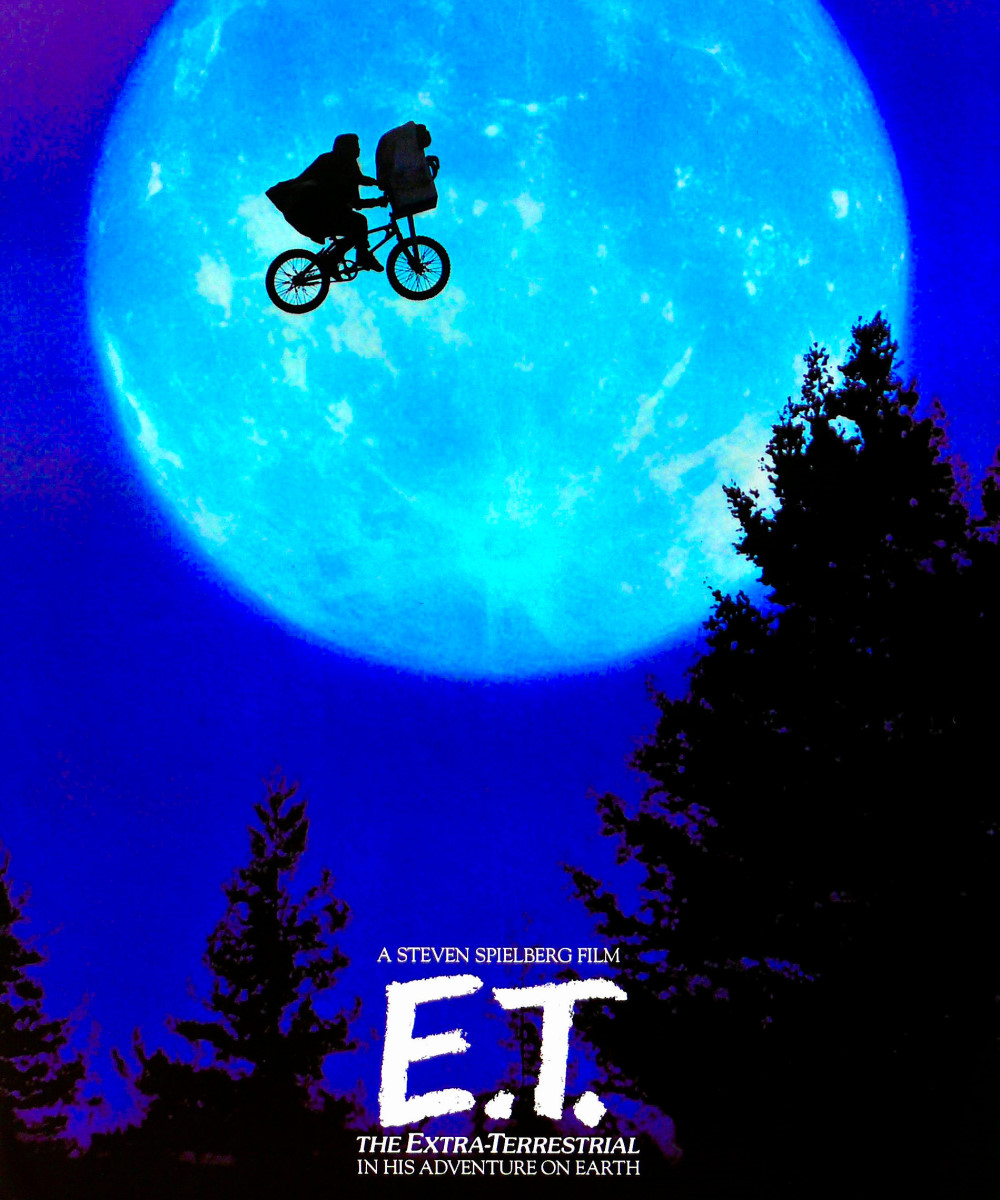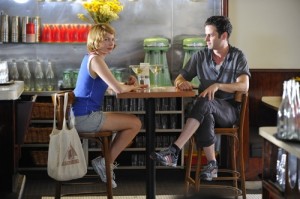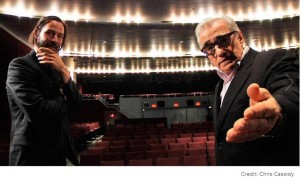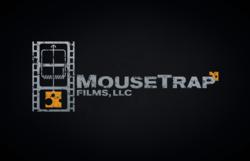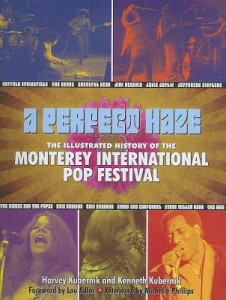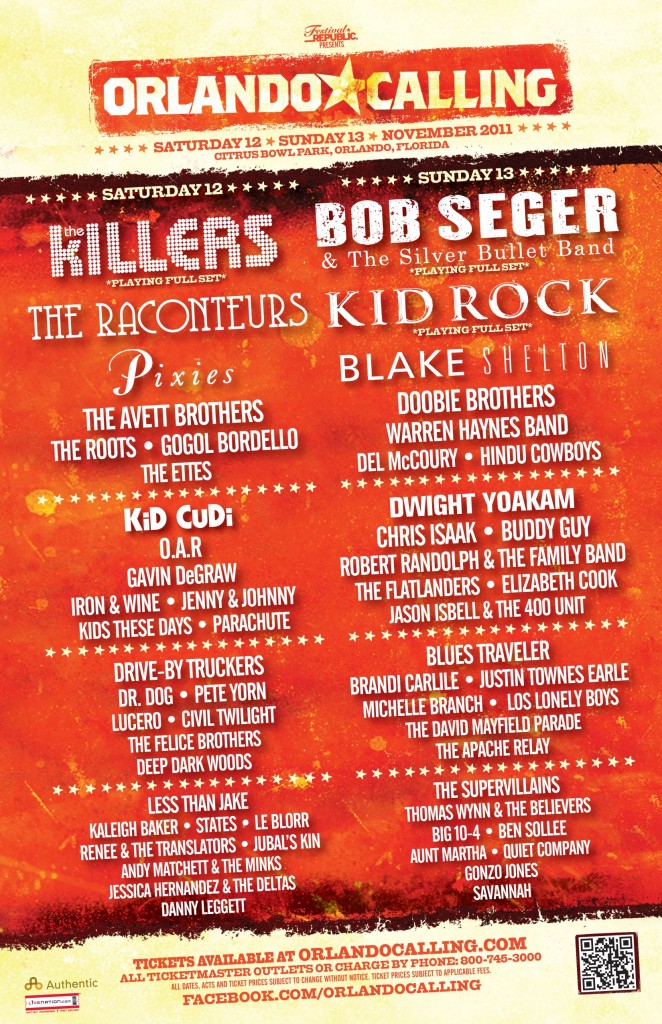Directed by: Sarah Polley
Producers: Susan Cavan, Sarah Polley
Starring: Michelle Williams, Seth Rogen, Luke Kirby
Tribeca Film Festival
Running Time: 116 minutes
Our Score: 2.5 out of 5 stars
In Sarah Polley’s Take This Waltz, Michelle Williams is Margot, a young married woman who is terrified to discover the hot guy she shared a seat row, and flirtatious conversation with on a homebound flight is in fact her new across-the-street neighbor David (Luke Kirby). He’s stirred something within her and she starts to question her comfortable five year marriage to cookbook author, Lou (Seth Rogen).
What follows is a very, very long string of will-they, won’t-they encounters between David and Margot. The more scenes they share, the clearer it becomes that they have more serious chemistry than Margot does with husband Lou. Married at 23, it appears that Margot and Lou have not matured past baby-talking each other. When the married couple speak in hypotheticals, it’s to play who can gross the other out more (threats include “I’m going to skin you with a potato peeler!”). When Margot and David speak in hypotheticals, it involves David describing what he would do to her body given the chance. Strong scenes like these between the illicit couple make the audience restless for Margot to either run away from Lou or completely stop David’s everything-short-of-physical advances. Her indecision is seemingly endless and the more encounters she herself arranges with David only to eventually shut him down, border on making Margot unlikeable and David weak. When Margot does make her decision, the film goes into an unexpected overtime exploring all the implications of it when the audience was really just waiting for her to make a choice.
There also are many leaps of faith one has to take when watching this film. Obviously, the odds of neighbors David and Margot’s meeting on the plane seem very slight but it’s necessary for the whole setup. However, there’s many other elements about these characters’ lives that come off as unrealistic and they pile up. Everyone seems to live impossibly outside of their means given their occupations (Margot, a wannabe writer. David, secret artist/rickshaw driver. Both, occupying large, quirky, suburban homes). For such young characters it is also odd that outside their immediate families, we don’t see them with any friends. Are Lou and Margot so repellant they can’t hang out with other couples? David especially seems to exist purely to interact with Margot and if he weren’t so perfect really, you’d call him a stalker.
If their lives seem improbable, fortunately the actors bring authentic emotion to their characters. As proven in last year’s 50/50, Seth Rogen can be amazing in more dramatic roles. Lou really has no reason to suspect anything is wrong in his marriage, so when Margot combusts in front of him while he’s cooking, his plea of “I was just trying to make chicken” is strong and heartbreaking. Michelle Williams continues to do amazing work especially so when she’s left to her own devices as on a carnival scrambler ride with David where we see her go from joyous to terrified and back. And set to The Buggles “Video Killed the Radio Star” of all songs. As David, Luke Kirby is suitably sexy and so appealing it’s hard not to root for him. If only there was more to David than an object of Margot, and this film’s, fantasy life.
Upcoming TFF Screenings of Take this Waltz
Mon. 4/23 – 7:00pm, AMC Loews Village 7-2
Thu. 4/26 – 1:00pm, AMC Loews Village 7-2
